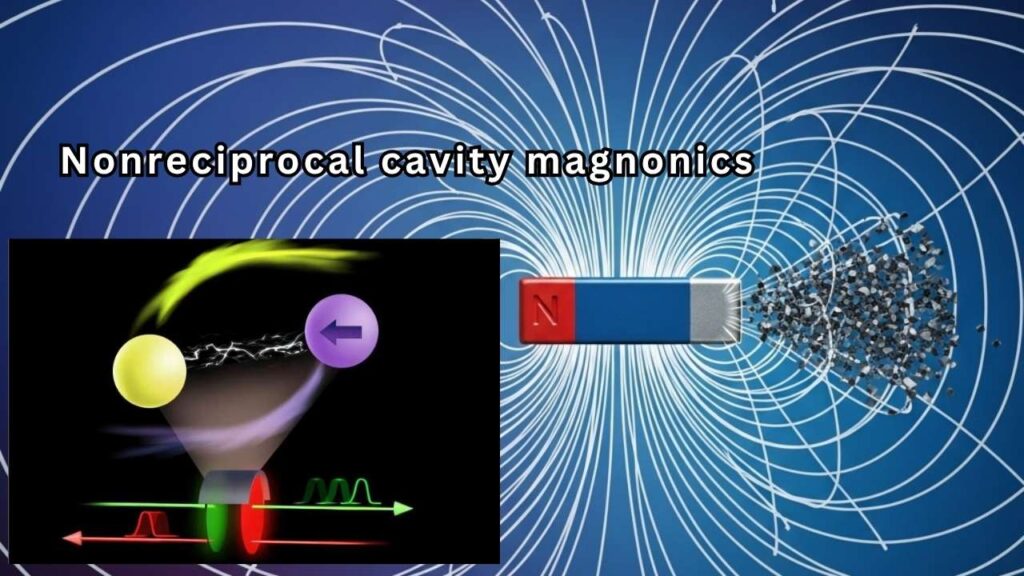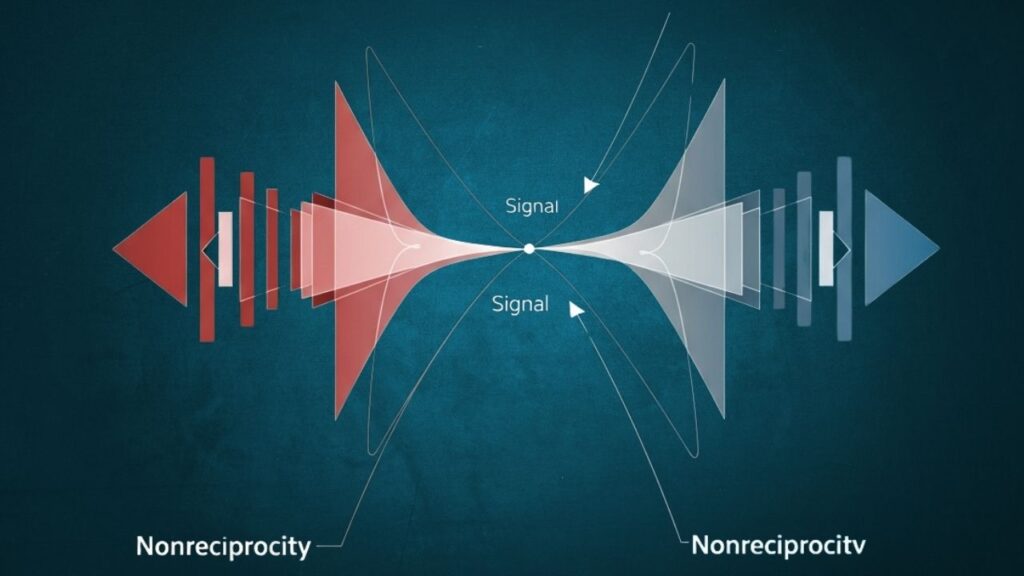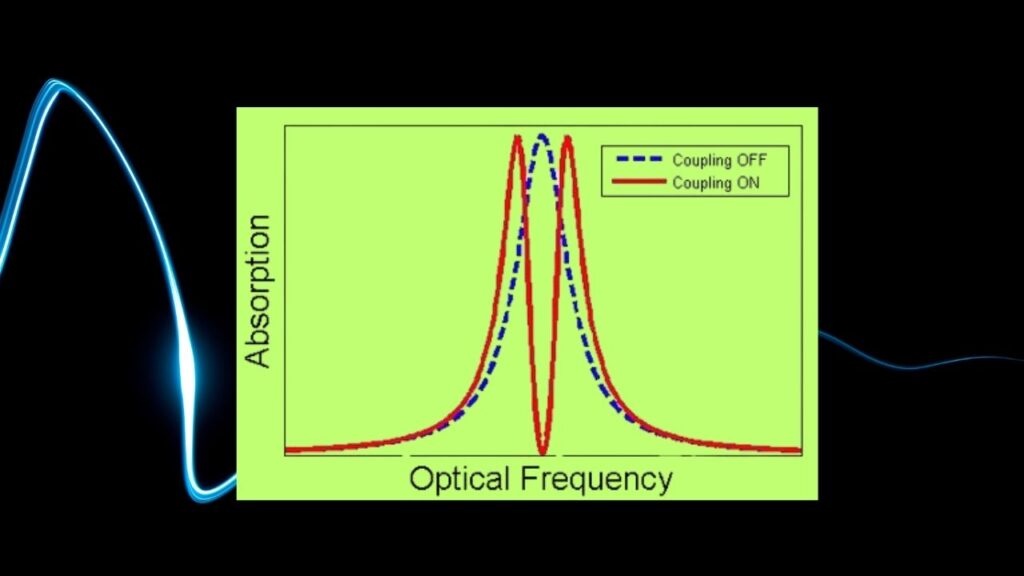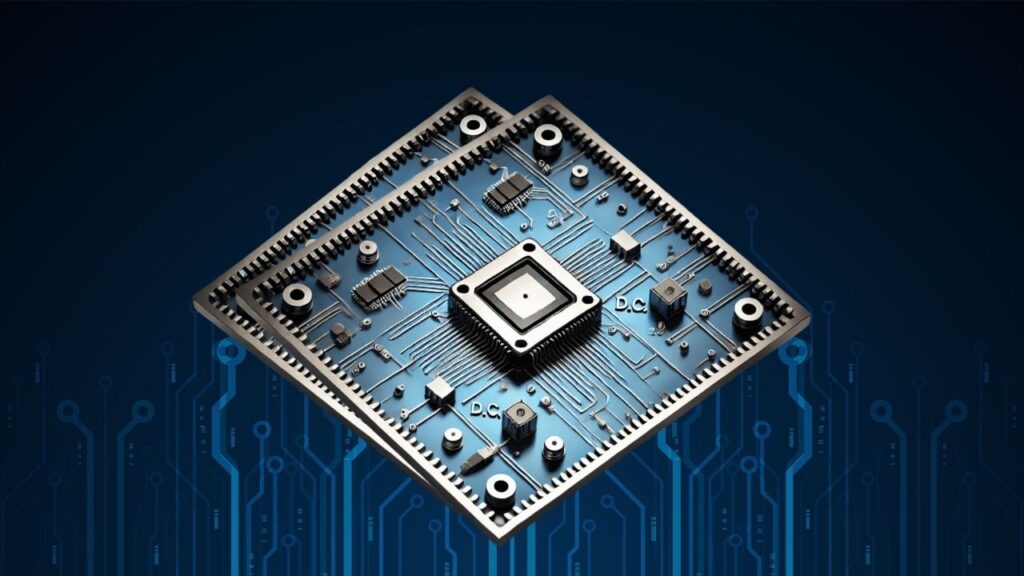New Magnetic Tech Could Revolutionize Signal Processing: New Magnetic Tech Could Revolutionize Signal Processing is not just a headline—it’s the reality of a major scientific advance. Researchers have developed a nonreciprocal cavity magnonics technique that can make microwave signals travel faster in one direction and slower in the other—without changing their frequency. This discovery opens new doors in quantum communication, wireless technology, and neuromorphic computing.

This innovation emerges from coupling magnons (tiny magnetic oscillations) with microwave photons inside a resonant cavity. By adjusting a magnetic field, scientists can reverse which direction signals speed up or slow down. This approach—known as the nonreciprocal electromagnetically induced transparency (EIT) effect—may fundamentally change how engineers design signal-routing components.
New Magnetic Tech Could Revolutionize Signal Processing
| Key Highlights | Details |
|---|---|
| Breakthrough | Nonreciprocal cavity magnonics—control signal speed using direction |
| Lead Authors | Jiguang Yao et al., FAMU–FSU & National High Magnetic Field Laboratory |
| Published | February 14, 2025 on arXiv: Non‑reciprocal control of the speed of light using cavity magnonics |
| Mechanism | Direction-sensitive EIT via coherent and dissipative magnon-photon interactions |
| Signal Effects | “Slow light” vs. “fast light” at the same frequency and amplitude |
| Applications | Quantum networks, microwave routing, neuromorphic computing, radar |
| Performance Metrics | Isolation ratios exceeding 20–60 dB; low insertion loss; GHz bandwidth. |
| Future Goals | On-chip miniaturization, integration in quantum circuits |
| Official Lab | National High Magnetic Field Laboratory |
The advent of nonreciprocal cavity magnonics marks a pivotal moment in electromagnetic engineering. By harnessing the interplay between magnons and photons—and tuning that interaction with magnetic fields—scientists have crafted devices that can slow or speed signals depending on direction, with excellent performance and tunability. As the field moves toward miniaturization and on-chip integration, we are likely to see applications across quantum tech, radar, communications, and neuromorphic systems. Over the next few years, this technology could become foundational to next-generation signal-processing architectures.
What Is Nonreciprocal Signal Processing?

In everyday electronics, signals usually travel equally well forward or backward. Nonreciprocity means signals behave differently depending on direction—like a one-way street for electromagnetic waves. This asymmetry is powerful: it enables isolators that block unwanted feedback and circulators that route signals cleanly—all essential in quantum hardware, radar, and advanced communication systems.
How This Breakthrough Works: An In-Depth Guide
Here’s a step-by-step breakdown of the technology, explained both simply and with professional detail:
1. Build a Resonant Microwave Cavity
A cavity is like a “starring stage” for microwaves. It confines electromagnetic waves so they can interact strongly with other physical systems—like magnons, in this case.
2. Introduce a Magnetic Material (YIG Sphere)
Scientists use yttrium iron garnet (YIG) because it has excellent magnonic properties—low loss and easy tunability via magnetic field . Magnons are collective excitations in its spins.
3. Couple Magnons and Photons—Forming Magnon-Polaritons
Inside the cavity, coherent coupling allows energy exchange between magnons and microwave photons. There is also dissipative coupling when both leak energy into the same external lines. This combination creates a hybrid state—the magnon-polariton.
4. Achieve Electromagnetically Induced Transparency (EIT)

This hybrid creates a “transparency window”—a frequency range where the cavity lets light pass easily. When properly tuned, this leads to a group delay effect—slow light.
5. Break Reciprocity via Magnetic Field Control
By flipping the external magnetic field, scientists reverse which direction the signal is slowed, and which is sped up. That asymmetric behavior is true nonreciprocity.
Why This Is a Major Advance
- Compact and low-loss: Current nonreciprocal devices are bulkier and introduce more signal loss. Cavity magnonics allows much smaller, chip-scale forms.
- Highly tunable: Magnetic fields can adjust device behavior in real time.
- High performance: Isolation levels over 20–60 dB are achievable, with low insertion loss and flexibility in GHz bandwidth.
- Full transparency retention: Signal frequency and amplitude remain intact—ideal for high-fidelity systems.
Real-World Applications
Quantum Computing & Communication

Quantum bits (qubits) are extremely sensitive. Nonreciprocal elements act as protective one-way valves, preventing destructive feedback. This technology also supports robust quantum signal routing.
Advanced Radar & Signal Systems
Radar systems often transmit and receive signals simultaneously. Nonreciprocal circuits can isolate receiver paths, enhance sensitivity, and reduce system noise.
Neuromorphic and Brain-Inspired Computing
Neuromorphic devices need directional signal control—just like synapses. Magnon-based nonreciprocal circuits can help build efficient, brain-like computing networks.
On-Chip Wireless and IoT Devices
Miniaturized nonreciprocal components could be integrated in smartphones and Internet-of-Things devices to improve energy efficiency and signal purity.
Step-by-Step Guide: Implementing Nonreciprocal Cavity Devices
Step 1: Design and simulate the microwave cavity
Choose geometry to support circularly polarized modes that match the YIG’s magnon frequency.
Step 2: Embed the YIG sample
Position a high-quality YIG sphere (~mm size) within the field maximum of the cavity.
Step 3: Apply tunable magnetic bias
Use Helmholtz coils or permanent magnets to adjust the magnon frequency and coupling regime.
Step 4: Measure S‑parameters in both directions
Use a vector network analyzer to capture forward and backward transmission through the cavity.
Step 5: Analyze for nonreciprocity
Identify differences in group delay and amplitude; look for transparency window asymmetry.
Step 6: Optimize dissipative vs. coherent coupling
Use simulations and experiments to balance internal loss and coupling for peak isolation and minimal loss.
Step 7: Miniaturization and integration
Use planar microfabrication to integrate miniature YIG elements and on-chip coils for scalable applications.
New Polymer Fiber Breakthrough Releases Antibacterial Drugs Only When Needed
Berkeley Lab Introduces Laser‑Patterned Color‑Center Qubits in Silicon
FAQs About New Magnetic Tech Could Revolutionize Signal Processing
Q: What sets this research apart from past studies?
A: Combining coherent and dissipative coupling in a single device to enable switchable nonreciprocal group delay is new. Prior work focused on uni-directionality, but not tunable slow/fast light in the same frequency band.
Q: Can the device be made smaller?
A: Yes—miniaturization is underway using microfabrication. On-chip YIG films or microdisks, combined with integrated waveguides and magnets, make compact implementations feasible.
Q: What are the challenges to commercialization?
A: Fabricating high-quality YIG at chip scale, integrating coils and cavity structures, and ensuring stability under temperature variations are ongoing engineering challenges.
Q: Where can I learn more about magnonics?
A: Authoritative resources include the 2021 Magnonics Roadmap and articles like Harder et al. (2021) on coherent and dissipative coupling.






